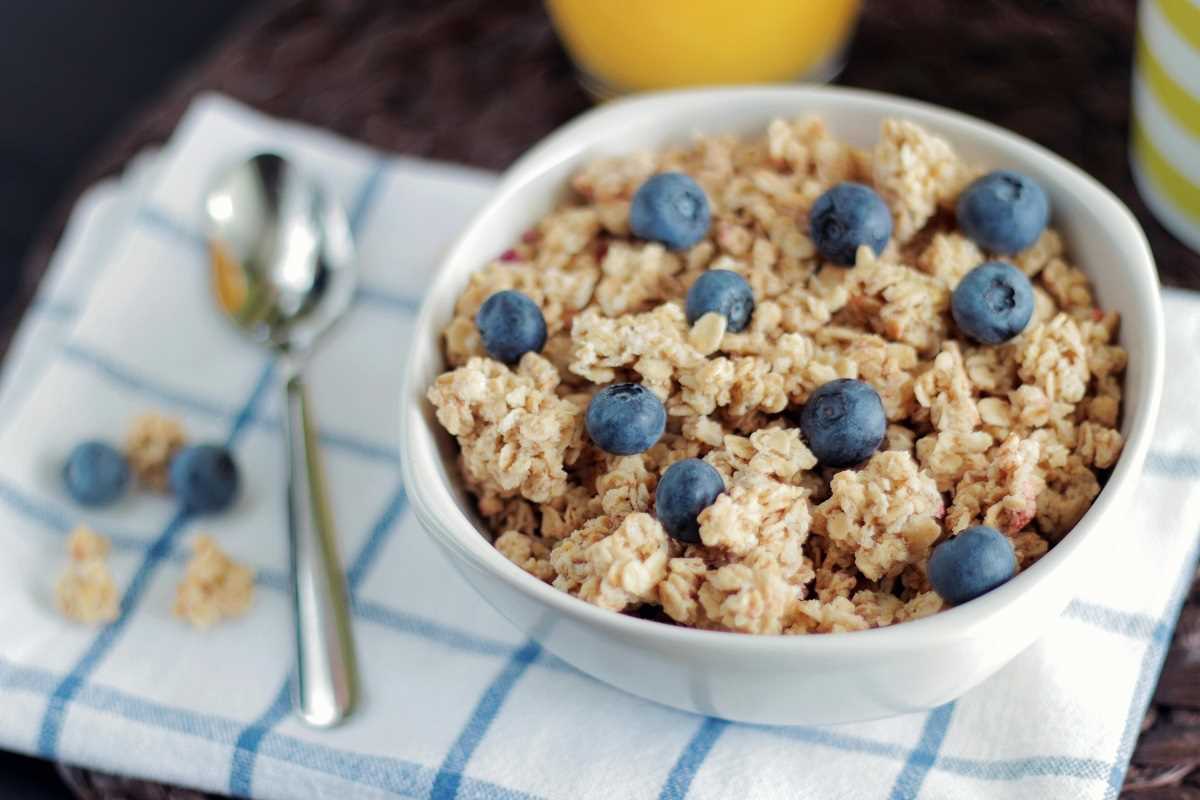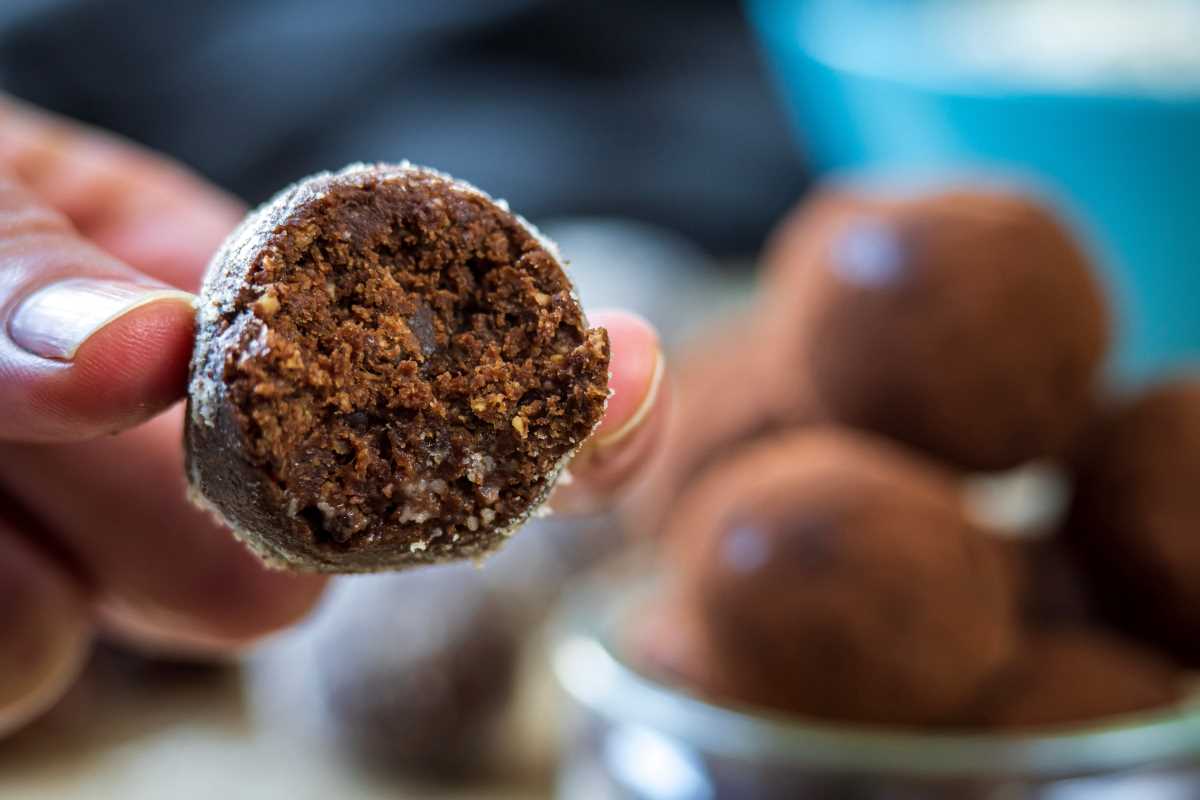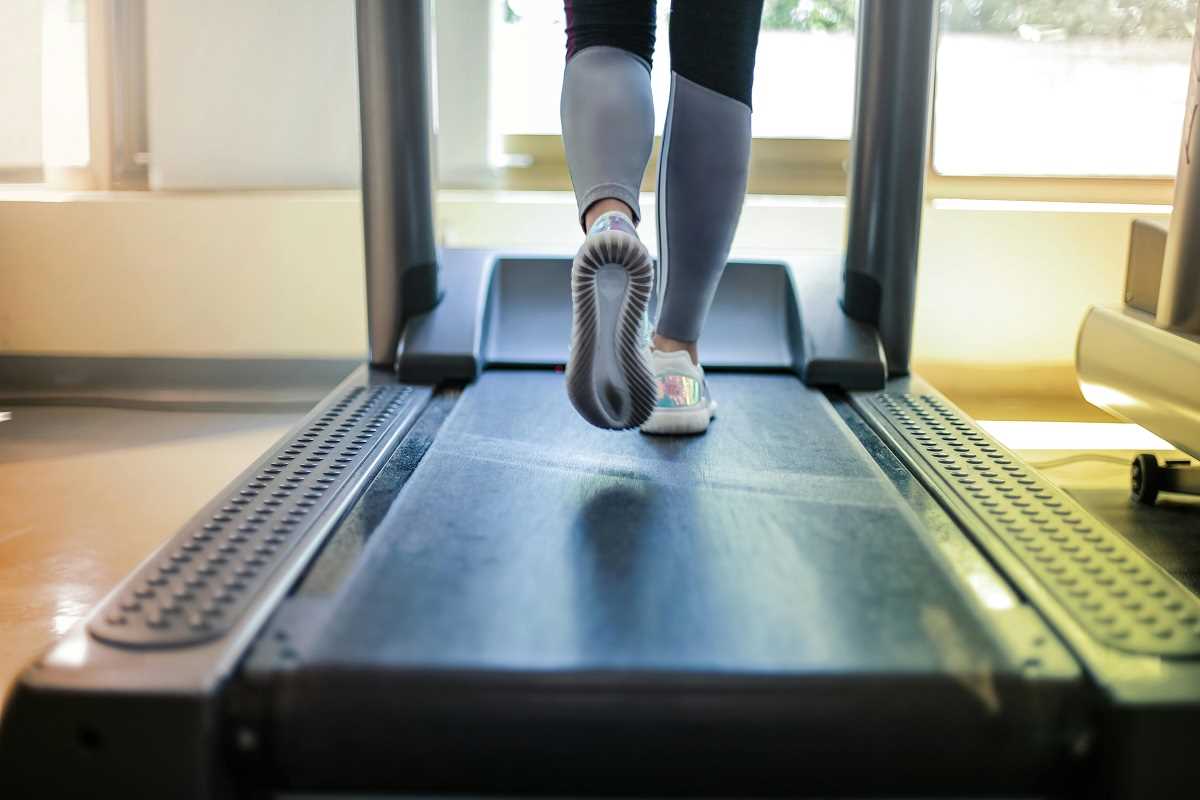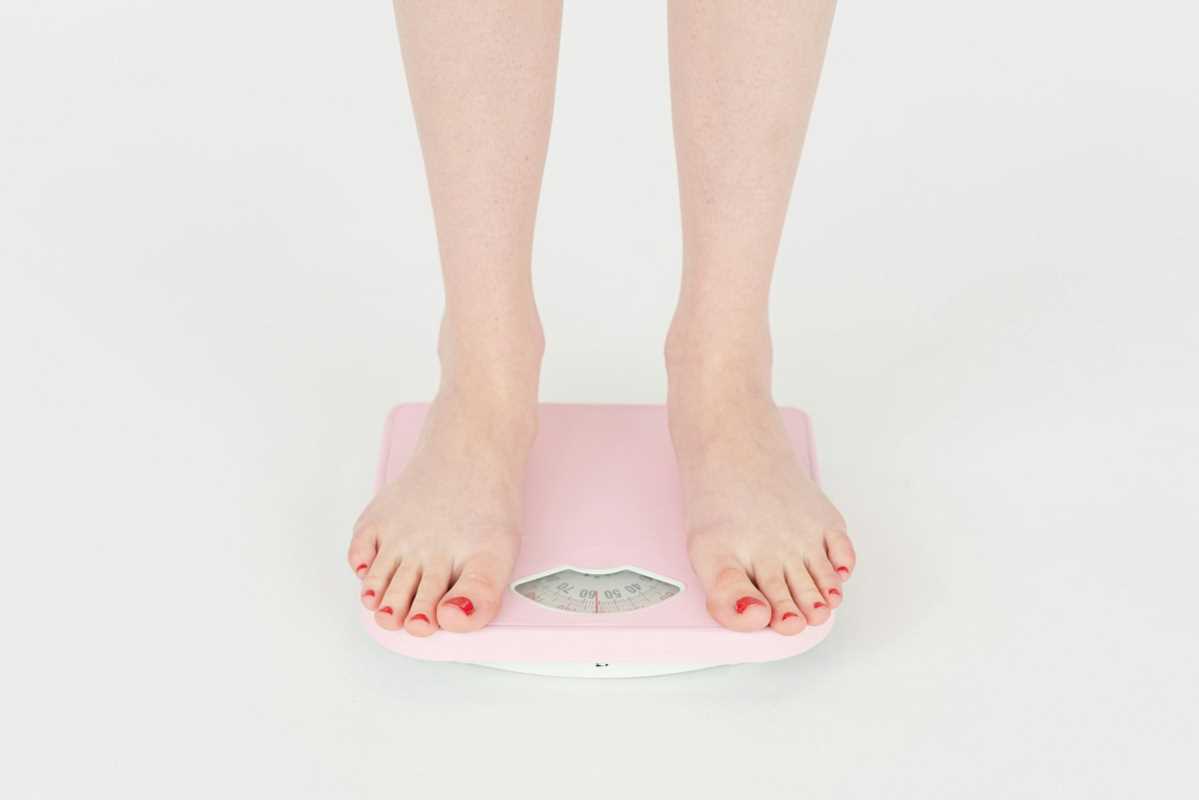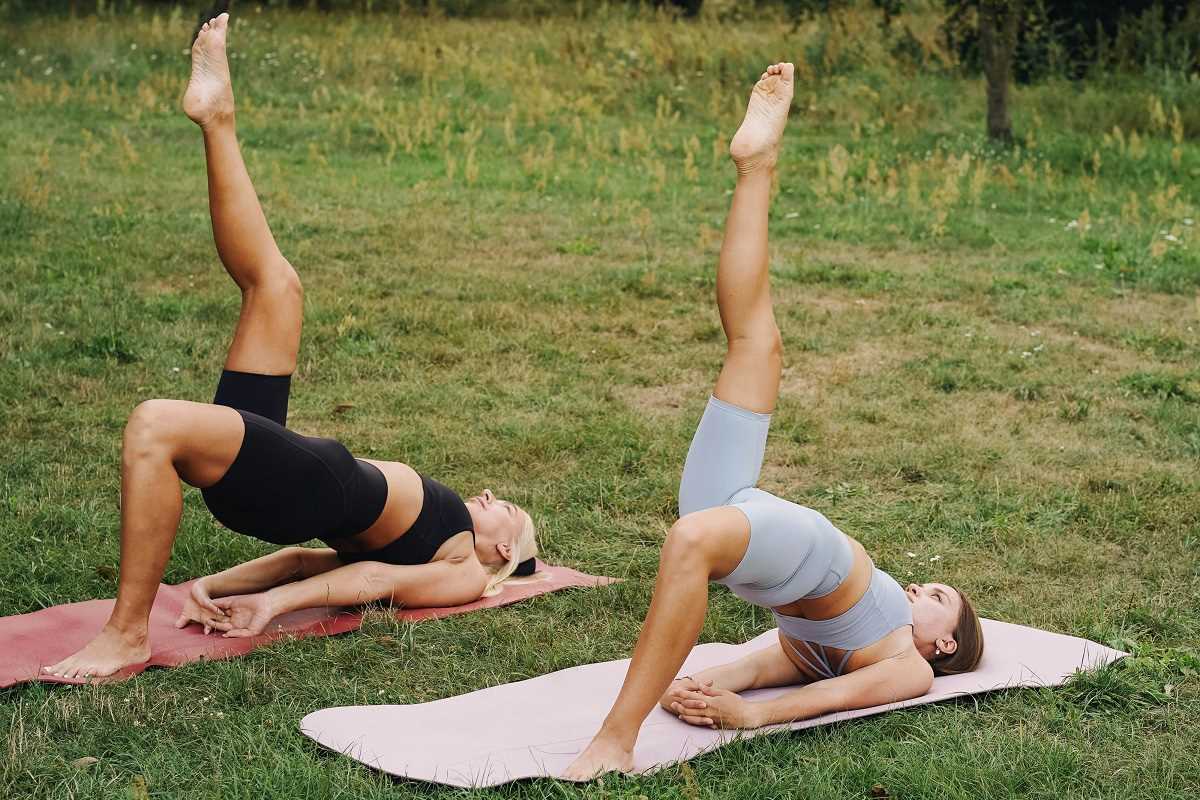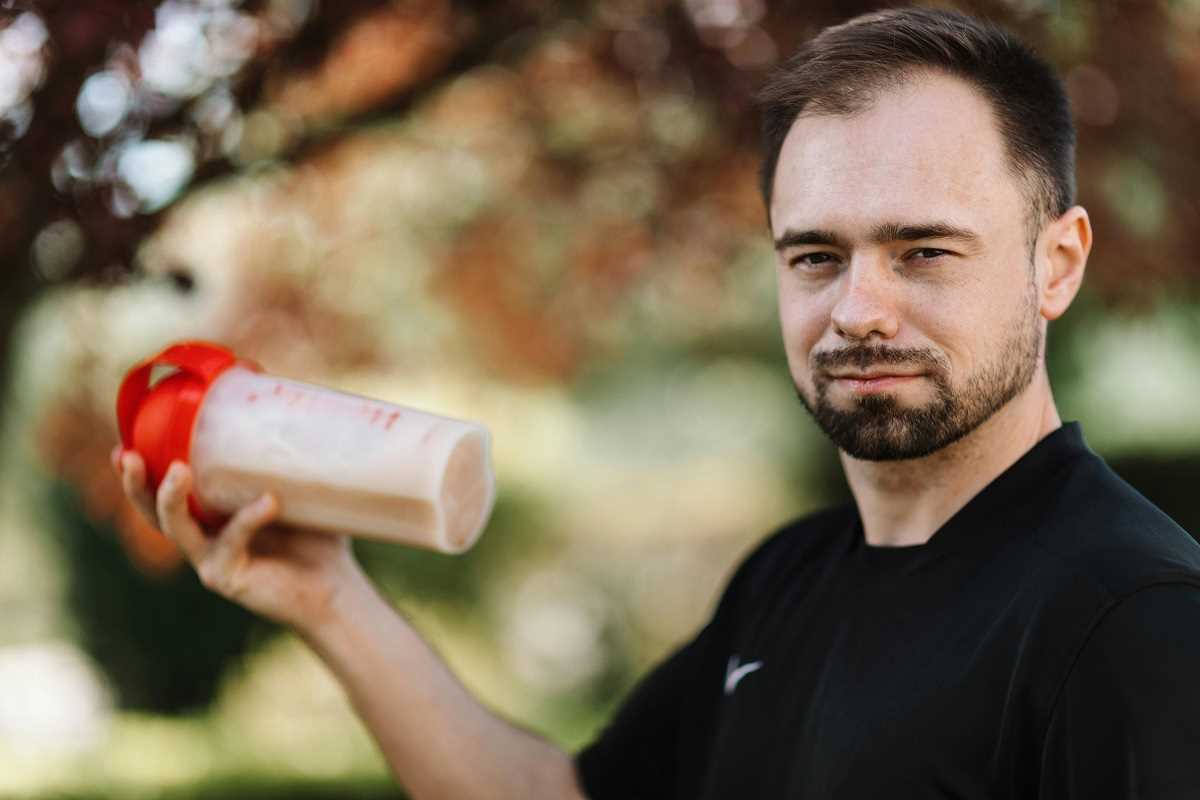When you’re starting your fitness journey, it’s easy to focus all your energy on exercises, routines, and reps. But here’s the thing—not giving enough attention to your diet can be like trying to drive a car on an empty tank. What you eat before and after your workout affects your energy levels, performance, recovery, and, ultimately, your fitness progress. Think of your body as a high-performance engine that deserves the optimal fuel mix to run at its best.
This expanded guide will take you through everything you need to know about pre- and post-workout meals, why they matter, and how to tailor them for your fitness goals.
Why Pre- and Post-Workout Meals Matter
Think of your workouts as the workload your body needs to complete and your meals as the resources that power that work and future improvements.
Pre-Workout Meals
A good pre-workout meal is like a warm-up for your muscles, priming them for activity. A well-chosen meal gives you the energy to push through your workout efficiently and helps prevent fatigue or dizziness. Without enough fuel, you risk feeling sluggish or even faint during your session.
Post-Workout Meals
After you’re done exercising, your body is like a sponge, ready to soak up nutrients to repair and rebuild muscle fibers. Exercise depletes your energy reserves (glycogen) and breaks down your muscles slightly at a microscopic level. Eating after your workout kicks off recovery, reducing soreness and preparing you for your next session.
Taking both pre- and post-workout nutrition seriously isn’t just beneficial for athletes or seasoned gym-goers; it’s particularly critical for beginners who are trying to build habits and maximize progress.
What to Eat Before a Workout
The Role of Macronutrients
At the core of any pre-workout meal are three macronutrients, each playing a unique role in optimizing your performance.
- Carbohydrates are your body’s go-to source of quick energy. They’re broken down into glucose, which fuels your muscles during exercise.
- Example: A banana provides fast-absorbing carbs to energize your body.
- Protein ensures your muscles stay protected during exercise. By consuming protein beforehand, you help minimize the breakdown of muscle tissue as you work out.
- Example: A boiled egg or a serving of Greek yogurt balances your carbs with a touch of muscle-supporting protein.
- Fats aren’t as essential immediately before a workout because they digest slowly and may cause sluggishness. Save them for meals outside this timeframe.
Timing Your Pre-Workout Meal
The timing of your meal depends on how much food you’re eating. This window typically ranges from 1 to 3 hours before exercise. For larger meals, aim for the higher end of that range to give your body enough time to digest. If you’re short on time, stick to smaller, easily digestible snacks about 30-60 minutes before your session.
If you’re an early riser who prefers working out in the morning, eating before exercise can feel tricky. A piece of fruit, like a banana or apple, paired with a small portion of protein can give you enough energy without making you feel heavy.
Sample Pre-Workout Meals
- A smoothie made with almond milk, a handful of spinach, frozen berries, and a scoop of protein powder.
- Whole-grain toast spread with avocado and topped with a boiled egg.
- A small bowl of oatmeal topped with sliced banana and a drizzle of honey.
- Apple slices with almond butter for a simple combo.
Pro Tip: Avoid high-fiber foods or anything greasy before hitting the gym. These can upset your stomach or make you feel bloated during exercise.
Adapting Pre-Workout Meals to Specific Workouts
- Cardio (Running, Cycling, etc.): Prioritize carbs for quick energy. For example, a banana and a handful of granola can give you a boost.
- Strength Training (Weightlifting, Bodybuilding): Include a slightly higher protein intake in your meal. A slice of whole-grain bread with peanut butter and a boiled egg is a great choice.
What to Eat After a Workout
Post-Workout Nutrition Basics
Think of post-workout meals as the “rebuild and refuel” phase. This is your best opportunity to give your body the nutrients it craves for recovery and growth.
- Protein is king in the post-workout window. It helps repair muscle fibers that break down during exercise, making them stronger and more resilient over time.
- Example: 20-30 grams of protein from chicken breast, tofu, or a protein shake is usually ideal.
- Carbohydrates are essential for restoring your glycogen reserves. These reserves fuel your body’s endurance and strength for the next workout.
- Example: Sweet potatoes, quinoa, or brown rice are excellent carb options.
- Healthy Fats are not essential immediately after a workout but can enhance overall meal quality. A small portion of nuts or slices of avocado is sufficient.
Timing Your Post-Workout Meal
There’s a popular term often mentioned in fitness circles called the “anabolic window.” This refers to the 30-60 minute timeframe after your workout when your body is most efficient at absorbing nutrients. While it’s not the end of the world if you miss this precise window, eating within an hour of finishing your workout can maximize benefits.
Sample Post-Workout Meals
- Grilled salmon paired with roasted sweet potatoes and steamed green beans for a well-rounded meal.
- A smoothie featuring protein powder, a banana, a splash of almond milk, and a tablespoon of peanut butter.
- Scrambled eggs, topped with shredded cheese, alongside a side of whole-grain toast and avocado slices.
- A rice bowl topped with lean ground turkey, black beans, and sauteed veggies.
Pro Tip: If you’re on the go, keep portable snacks like protein bars, nuts, or fruit handy to tide you over until your next full meal.
Adapting Post-Workout Meals to Specific Workouts
- Cardio: Focus more heavily on carbs to replenish glycogen. A bowl of brown rice with stir-fried vegetables is perfect.
- Strength Training: Balance is key here. Aim for 25-30 grams of protein and a moderate portion of carbs for optimal recovery. A post-workout protein shake followed by a nutrient-dense meal can be a great strategy.
The Role of Micronutrients
While macronutrients draw a lot of attention, don’t forget about the small but mighty role of micronutrients like vitamins and minerals.
- Electrolytes (sodium, potassium, magnesium): These are often lost through sweat, especially during intense workouts. Replenish them with foods like bananas, oranges, and leafy greens, or through electrolyte drinks.
- Iron and Calcium are critical for oxygen flow and bone strength, respectively. Incorporate leafy greens, dairy, and lean meats into your meals.
- Vitamin C aids in reducing inflammation and boosting immunity; eat citrus fruits or bell peppers.
Common Mistakes to Avoid
- Skipping Meals Around Workouts
- Ignoring pre- and post-workout nutrition can lead to lackluster performance and slowed recovery. Don’t wing it! Prepare ahead of time to set yourself up for success.
- Overeating Fat
- Because fat takes longer to digest, eating a high-fat meal before or after your workout can interfere with nutrient absorption or leave you feeling sluggish.
- Waiting Too Long to Eat Post-Workout
- Although the anabolic window is flexible, waiting for hours to eat can leave your muscles undernourished and slow your recovery.
- Relying Exclusively on Supplements
- Protein powders can be convenient, but they shouldn’t replace whole, nutrient-dense foods. Balance is key!
- Not Staying Hydrated
- Hydration goes hand-in-hand with nutrition. Throughout your workout, you’re losing water and electrolytes through sweat. Drink water regularly and consider adding a pinch of salt or an electrolyte tablet on particularly hot days or after extended workouts.
Quick Tips for Beginners
- Experiment and Adjust: Your body is unique, and no universal “perfect” meal works for everyone. Try different combinations and note what leaves you feeling energized and recovered.
- Focus on Quality, Not Just Quantity: Prioritize fresh, nutrient-rich foods like whole grains, lean proteins, and colorful veggies.
- Listen to Your Body: Hunger cues matter. Eat enough to feel fueled but avoid overloading yourself with large meals.
- Log Your Meals and Progress: Use a food journal or app to track what you eat and how you feel during workouts.
Fueling your body is about eating smart. By paying attention to your pre- and post-workout meals, you optimize energy, performance, and recovery. Small changes, like adding a protein-rich post-workout smoothie or swapping out processed snacks for whole foods, can compound into big results over time.
 (Image via
(Image via